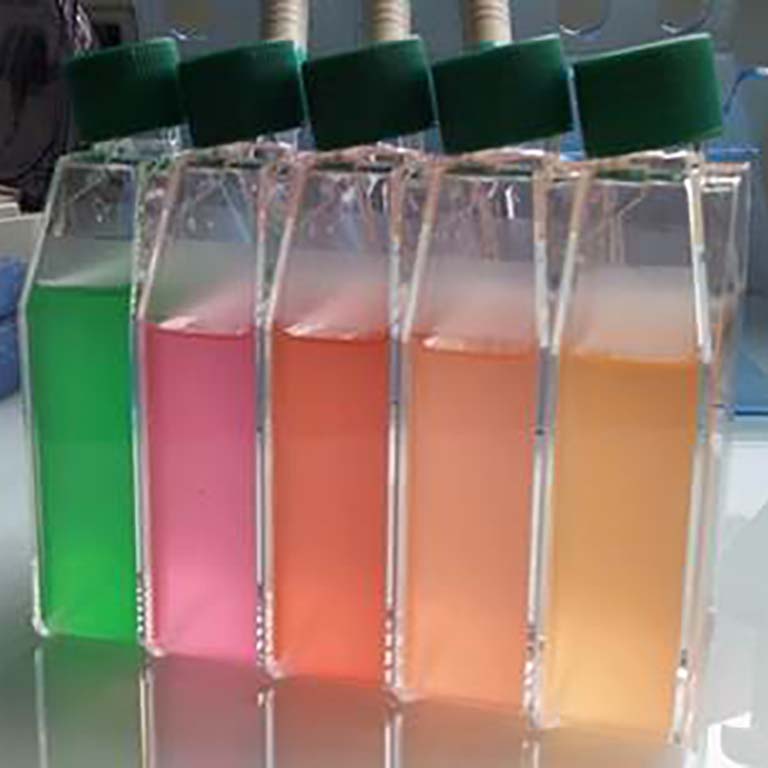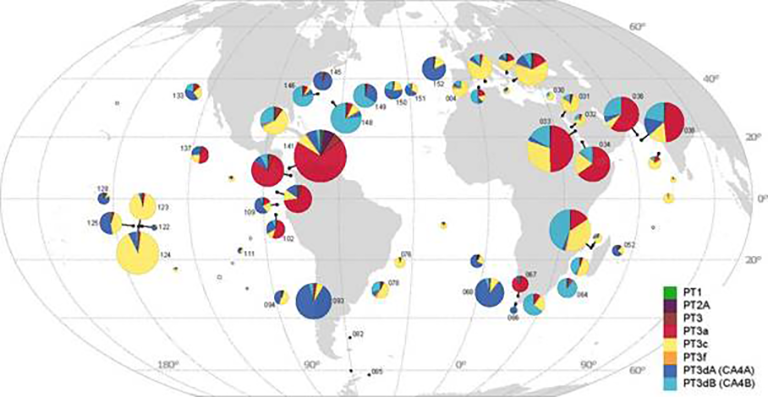Cyanobacteria of the genus Synechococcus are the second most abundant photosynthetic organism in the world's oceans and contribute significantly to both the marine food chain and the carbon cycle. Like chameleons of the plankton world, some of them are able to change pigmentation to match the ambient light color. Yet, their distribution and abundance have remained unknown so far.
An international team of collaborators, led by the CNRS Marine Biology Research Station in Roscoff, France, and including David Kehoe, Professor of Biology at Indiana University, have just demonstrated these color-shifters are the most abundant group of Synechococcus in the world’s oceans—representing about 40% of the global population and mostly found in deep waters and at high latitudes.
The ability to change colors is an important asset for such planktonic organisms that are carried around by currents in areas where the color of the water varies. This adaptive capacity allows them to keep photosynthesizing efficiently and, in turn, supply energy to the rest of the food web.


 The College of Arts
The College of Arts